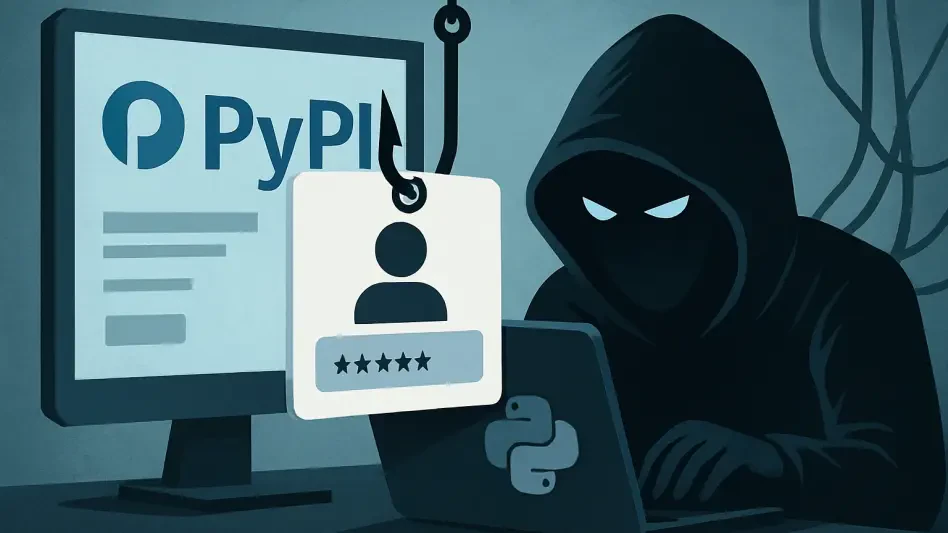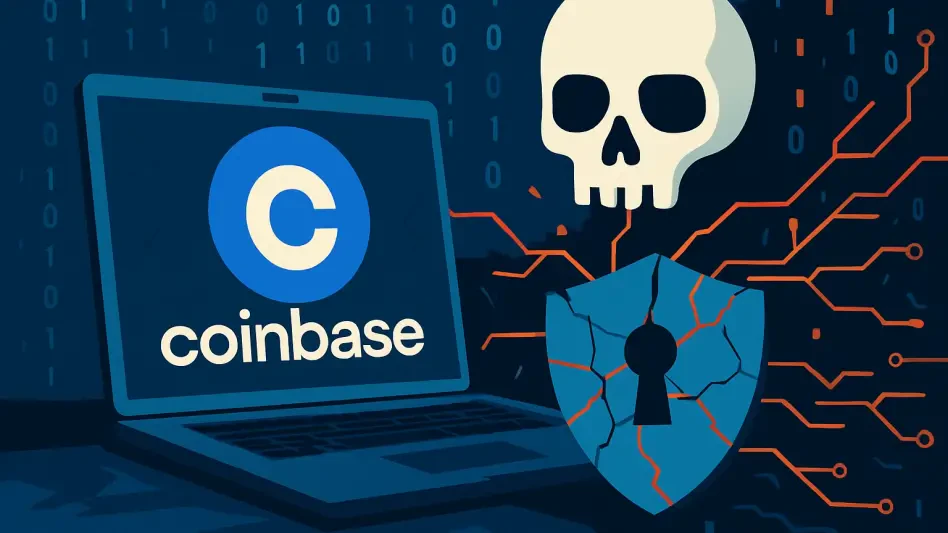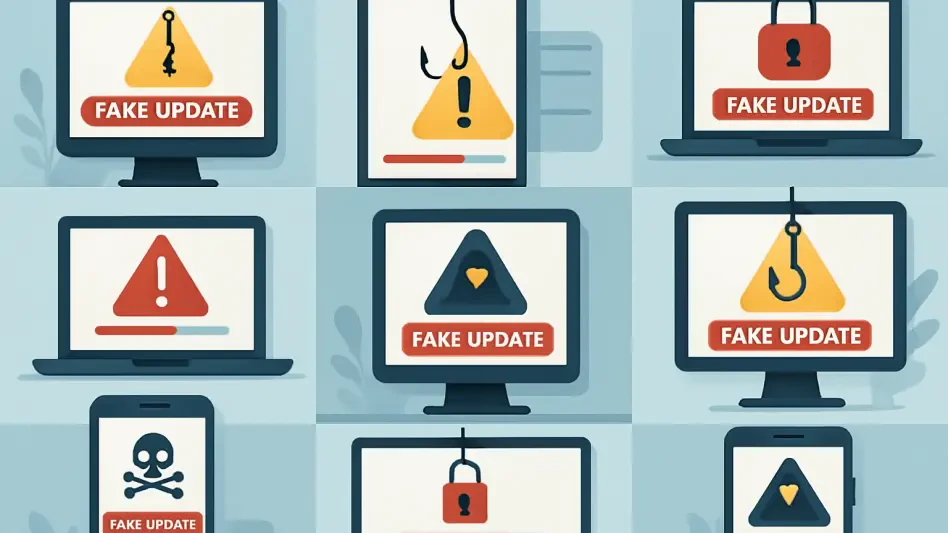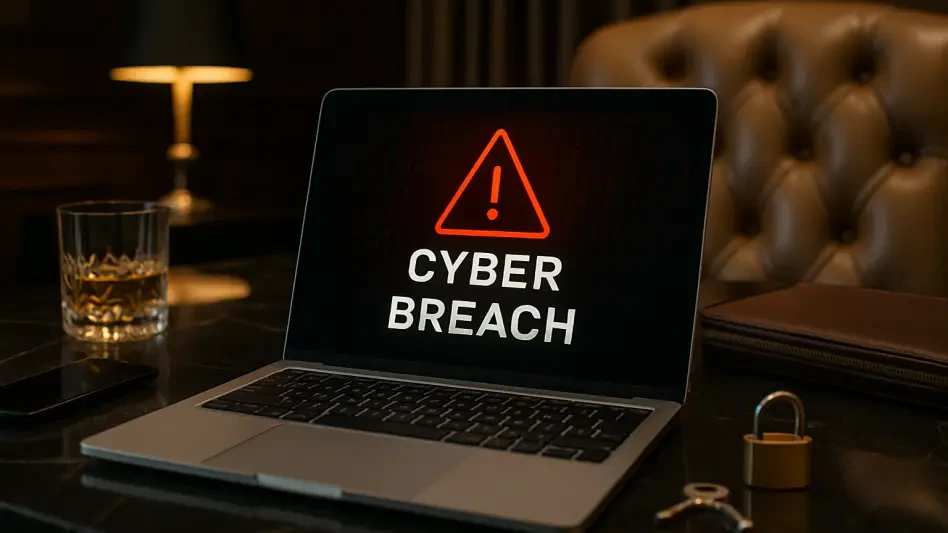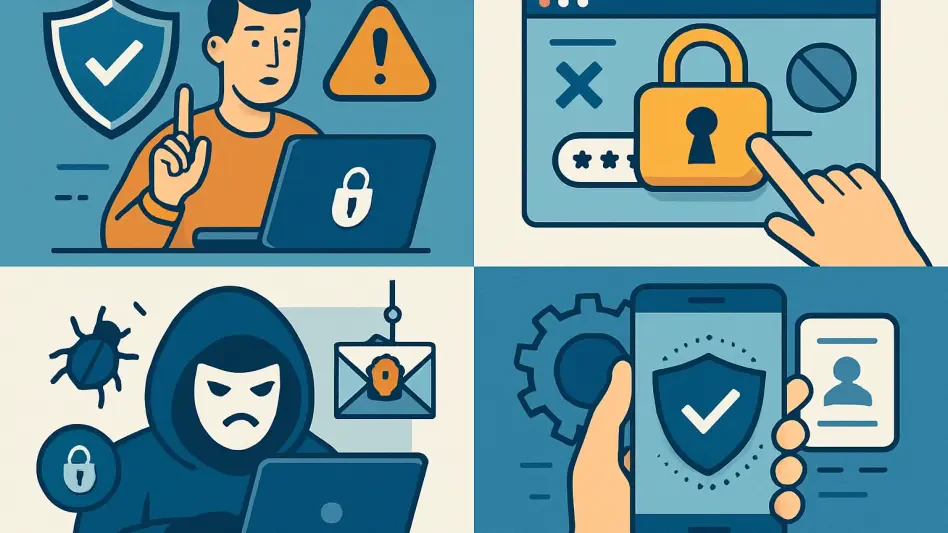In today’s interconnected world, the threat of cyber attacks looms large over individuals, businesses, and governments alike. As our reliance on digital devices and the internet grows, so does the sophistication and frequency of cyber threats. Understanding these threats and implementing robust defense mechanisms is crucial to safeguarding our digital lives. Cybercriminals have become highly adept at exploiting technological vulnerabilities to achieve their malicious goals. Consequently, a comprehensive approach that includes education, robust security measures, and proactive monitoring is essential to mitigate these risks and maintain trust in our digital interactions.
Understanding the Cyber Threat Landscape
The digital era has brought about unprecedented convenience and connectivity, but it has also expanded the attack surface for cybercriminals. From phishing scams to ransomware attacks, the methods used by hackers are becoming increasingly sophisticated. It’s essential to stay informed about the various types of cyber attacks to effectively protect against them. For instance, phishing attacks involve cybercriminals impersonating legitimate entities to deceive individuals into sharing sensitive information. These attacks often come in the form of emails or messages that appear to be from trusted sources. Similarly, ransomware attacks involve malicious software that encrypts a victim’s data, demanding a ransom for its release.
The complexity and variety of cyber threats require a multi-faceted defense strategy. While traditional antivirus software can mitigate certain risks, it is often inadequate against more advanced attacks. Cybercriminals continually modify their tactics, deploying strategies such as advanced persistent threats (APTs), which involve prolonged and targeted campaigns aimed at breaching specific entities. Unlike generic attacks, APTs often focus on high-value targets, such as financial institutions or governmental bodies, making them particularly dangerous. Understanding the specific nature and methods of these varied threats is the first step in crafting a tailored, effective defense plan.
The Role of Artificial Intelligence in Cybersecurity
Artificial Intelligence (AI) and automation have revolutionized many industries, including cybersecurity. While AI can enhance security measures, it also provides cybercriminals with powerful tools to execute attacks at an unprecedented speed and scale. Understanding the dual role of AI in cybersecurity is crucial for developing effective defense strategies. AI-driven security tools can analyze vast amounts of data to detect anomalies and potential threats in real time. These tools can identify patterns that may indicate a cyber attack, allowing for quicker response times. However, cybercriminals also use AI to automate their attacks, making them more efficient and harder to detect.
Incorporating AI into cybersecurity practices can significantly bolster defensive capabilities. Machine learning algorithms, for example, can be trained to recognize what constitutes normal behavior within a network. Any deviations from this norm can be flagged as potential security breaches. Moreover, AI can be utilized to predict future attack vectors by analyzing historical data and identifying emerging trends. However, as beneficial as AI can be for defense, it can also be a double-edged sword. Cybercriminals can use AI to develop more sophisticated malware that can adapt and evade conventional detection methods. Therefore, staying ahead in the cybersecurity race involves continuous learning and upgrading AI technologies to outmaneuver the evolving skills of cyber adversaries.
Implementing Robust Defense Mechanisms
To protect against cyber attacks, it’s essential to implement robust defense mechanisms. This includes using strong, unique passwords for all accounts and enabling multi-factor authentication (MFA) wherever possible. MFA adds an extra layer of security by requiring a second form of verification, such as a text message code or fingerprint scan. Regularly updating software and operating systems is another critical step. Software updates often include patches for security vulnerabilities that cybercriminals could exploit. Additionally, using reputable antivirus and anti-malware programs can help detect and remove malicious software before it causes harm.
Effective cybersecurity also involves the deployment of advanced network security tools such as firewalls, intrusion detection systems (IDS), and intrusion prevention systems (IPS). Firewalls act as a barrier between your trusted internal network and untrusted external networks, blocking unauthorized access. IDS and IPS further complement this by monitoring network traffic for suspicious activity and responding to threats in real-time. Another vital component of a robust defense strategy is data encryption. Encrypting sensitive data ensures that even if it is intercepted, it cannot be read or used by unauthorized individuals. Regular data backups, preferably in multiple locations, are also essential. In the event of a ransomware attack or data loss, backups can help restore information without succumbing to extortion demands.
The Importance of Cybersecurity Education and Awareness
Cybersecurity is not just the responsibility of IT professionals; everyone has a role to play. Educating employees and individuals about the various types of cyber attacks and best practices for prevention is crucial. Regular training sessions and awareness programs can help people recognize potential threats and respond appropriately. For example, employees should be trained to identify phishing emails and avoid clicking on suspicious links. They should also be aware of the importance of reporting any unusual activity to the IT department immediately. By fostering a culture of cybersecurity awareness, organizations can significantly reduce their risk of falling victim to cyber attacks.
Continuous education and awareness programs are essential in keeping up with the evolving cyber threat landscape. These programs should not be one-time events but ongoing initiatives that adapt to new threats and technologies. Gamified learning experiences or simulated attack drills can make training more engaging and effective, helping employees develop a keen sense of scrutiny and quick response. Moreover, cybersecurity awareness should extend beyond the workplace. In today’s mobile and interconnected world, individuals must be cautious with their personal devices and online activities. Encouraging good cyber hygiene practices, such as regularly changing passwords and not oversharing on social media, can go a long way in protecting personal information from being exploited by cybercriminals.
Collaboration Between Governments, Businesses, and Security Experts
Effective cybersecurity requires collaboration between various stakeholders, including governments, businesses, and security experts. Governments can play a crucial role by enacting and enforcing cybersecurity regulations and providing resources for threat intelligence sharing. For instance, national cybersecurity centers often disseminate vital information about emerging threats and vulnerabilities. Businesses, on the other hand, must invest in advanced security tools and workforce training to protect their digital assets. They should also establish robust incident response plans to quickly mitigate the damage in case of a cyber attack.
Security experts and researchers contribute by identifying new threats and developing innovative solutions to counter them. Collaboration between these groups can lead to a more secure digital ecosystem, where information about emerging threats is shared promptly, and best practices are widely adopted. Such collaborative efforts can be facilitated through industry partnerships, public-private initiatives, and cybersecurity forums. Furthermore, establishing transparent communication channels and protocols is essential for timely information exchange. When stakeholders work together, they can create a unified front that anticipates, detects, and counteracts cyber threats more effectively. Collaborative defense mechanisms not only strengthen individual organizations but also enhance the overall resilience of the digital infrastructure on a global scale.
Proactive Measures for Individuals
Individuals can take several proactive measures to protect themselves from cyber attacks. Using a Virtual Private Network (VPN) when accessing the internet can help secure online activities by encrypting data and masking the user’s IP address. Regularly backing up important data to an external drive or cloud storage ensures that information can be recovered in case of a ransomware attack. It’s also important to be cautious when using public Wi-Fi networks, as they are often less secure and can be exploited by cybercriminals. Avoid accessing sensitive information, such as online banking, when connected to public Wi-Fi. Instead, use a personal hotspot or wait until you are on a secure, private network.
Further proactive steps include scrutinizing the permissions requested by mobile apps and software before installing them. Some applications may request access to sensitive information unnecessarily, posing security risks. Individuals should also stay informed about the latest cybersecurity threats and trends. Subscribing to reputable cybersecurity newsletters and following expert blogs can provide timely updates about new vulnerabilities and attack methods. Moreover, enabling security features such as remote wipe and device tracking on smartphones ensures that personal data remains protected even if the device is lost or stolen. By adopting these comprehensive protective measures, individuals can significantly enhance their resilience against potential cyber threats and contribute to a safer digital environment.
The Role of Ethical Hacking and Certifications
Ethical hacking, also known as penetration testing, involves simulating cyber attacks to identify and fix vulnerabilities in a system. Ethical hackers use the same techniques as cybercriminals but with the goal of improving security. Organizations can benefit from hiring ethical hackers to conduct regular security assessments and ensure their defenses are up to date. Certifications such as the Certified Ethical Hacker (CEH) certification provide individuals with the knowledge and skills needed to perform ethical hacking. These certifications cover various aspects of cybersecurity, including network security, cryptography, and social engineering. By obtaining such certifications, individuals can enhance their expertise and contribute to a more secure digital environment.
Ethical hacking not only helps in uncovering vulnerabilities but also in strengthening the overall security posture of an organization. Regular penetration testing can reveal intricate security gaps that automated tools might miss. These tests often simulate real-world attack scenarios, providing organizations with detailed insights into how their defenses would hold up under actual cyber threats. Additionally, ethical hacking encourages a culture of continuous improvement and vigilance. By staying ahead of potential attackers, organizations can preemptively fortify their systems and reduce the likelihood of breaches. Ethical hackers, with their unique skill set and certified training, thus play an indispensable role in the ongoing battle against cyber threats.
Best Practices for Businesses
In an increasingly interconnected world, cyber threats pose a significant danger to individuals, businesses, and governments alike. With our growing dependence on digital devices and the internet, the sophistication and frequency of cyber attacks have escalated. It’s vital to understand these threats and implement strong defense mechanisms to protect our digital lives. Cybercriminals are becoming alarmingly skilled at exploiting technological weaknesses to further their malicious objectives. Because of this, a comprehensive strategy that includes education, robust security measures, and proactive monitoring is imperative to reduce these risks and maintain trust in our digital interactions.
Education involves raising awareness about potential threats and teaching best practices for securing personal and professional information. Robust security measures include firewalls, encryption, and regularly updated software to close vulnerabilities that cybercriminals might exploit. Proactive monitoring means continuously watching for unusual activity and potential breaches to quickly address and neutralize threats. By integrating these elements, we can build a stronger defense against the ever-evolving landscape of cyber threats, ensuring that our reliance on digital technology remains safe and trustworthy.


